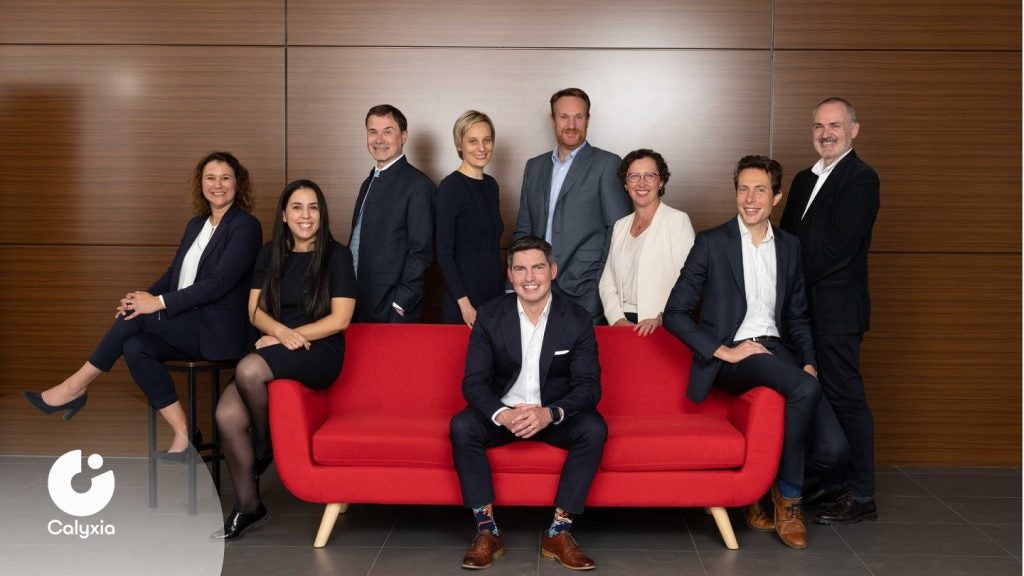Calyxia, a cleantech innovator specialising in advanced and biodegradable microcapsules and microparticles, has announced a $35m Series B funding round.
The investment was led by Lombard Odier Investment Managers, via its Plastic Circularity Fund and Bpifrance, through its Large Venture Fund, as well as from existing investors comprising Astanor and others.
This comes as Calyxia recently inaugurated its first fully operational factory and has formed commercial partnerships with leading companies in agriculture, consumer care, and advanced materials.
With this new capital, Calyxia aims to reach profitability and lead a market projected to exceed $10bn by 2030.
Calyxia plans to expand its commercial and industrial operations, including a new headquarters and a second production site in the Paris Region by the first quarter of 2025.
This expansion will boost production capacity to 3,000 tons per year, supporting the company's path to profitability and market dominance.
Calyxia CEO and co-founder Jamie Walters said: “Our customers are eager to reduce the environmental impact of their products, but they often face tradeoffs with performance and profitability, which hinders widespread adoption.
“This investment will accelerate the widespread deployment of our products, allowing manufacturers to reduce plastic pollution and GHG [greenhouse gas] emissions, whilst boosting their product performance and profitability, unlocking impact at scale.
“We are excited to partner with such a world-class group of investors who share our commitment to scaling sustainable technologies and transforming industries. Together, we are poised to address some of the most pressing environmental and industrial challenges of our time.”
Calyxia's products offer a sustainable alternative to traditional microplastic ingredients, aligning with the European Commission's October 2023 law banning intentionally added microplastics.
This solution enhances the performance and sustainability of materials used in various industries, contributing to a reduction in plastic pollution and manufacturing carbon footprint.









